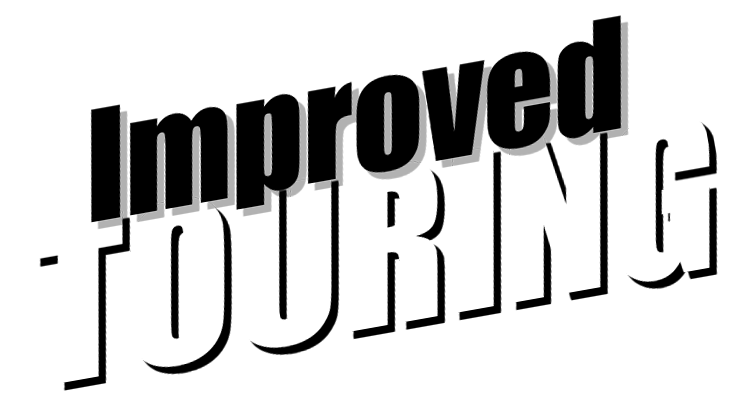You are using an out of date browser. It may not display this or other websites correctly.
You should upgrade or use an alternative browser.
You should upgrade or use an alternative browser.
corner weight or alignment first?
- Thread starter motorrock
- Start date
RSTPerformance
New member
On our cars adjusting the hight makes a big difference on the allighnent so we would start with corner weights, then allighnment, then corner weights again, then alighnment, etc. Always check "toe" last.
Raymond Blethen
Raymond Blethen
Good question. Which ever one is further from where it needs to be is first AND the alignment needs to be last.
When you corner weigh it and get everything right and then change the alignment the weights will change. Change the weights again and your alignment has changed again. You can keep chasing one then the other until you get to the point that the changes are miniscule.
If the ride heights are close, the corner weights should be close therefore an alignment change shouldn't change much on the scales. If the ride heights aren't close an alignment is useless as everything will move when you set the ride height.
[This message has been edited by Quickshoe (edited April 08, 2004).]
When you corner weigh it and get everything right and then change the alignment the weights will change. Change the weights again and your alignment has changed again. You can keep chasing one then the other until you get to the point that the changes are miniscule.
If the ride heights are close, the corner weights should be close therefore an alignment change shouldn't change much on the scales. If the ride heights aren't close an alignment is useless as everything will move when you set the ride height.
[This message has been edited by Quickshoe (edited April 08, 2004).]
I know this is slightly off topic, but this thing is so cool it hurts:
http://www.truelasertrack.com/
It was developed by the folks at a racing school that use Isaac systems in their school cars. I stopped by one day and saw one of the first prototypes being used, smacked myself in the forehead and exclaimed, "Why didn't I think of that?"
They announced it at PRI and can't make them fast enough.
Very, very slick.
------------------
Gregg Baker, P.E.
Isaac, LLC
http://www.isaacdirect.com
http://www.truelasertrack.com/
It was developed by the folks at a racing school that use Isaac systems in their school cars. I stopped by one day and saw one of the first prototypes being used, smacked myself in the forehead and exclaimed, "Why didn't I think of that?"
They announced it at PRI and can't make them fast enough.
Very, very slick.
------------------
Gregg Baker, P.E.
Isaac, LLC
http://www.isaacdirect.com
Eagle7
New member
Ironic. I was in Lowes two hours ago looking at their lasers trying to figure out how to do this.Originally posted by gsbaker:
I know this is slightly off topic, but this thing is so cool it hurts:
http://www.truelasertrack.com/
------------------
Marty Doane
ITS RX7 #13
CenDiv WMR
